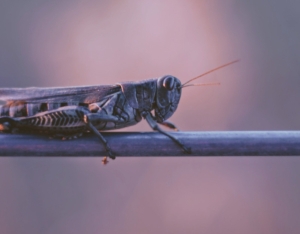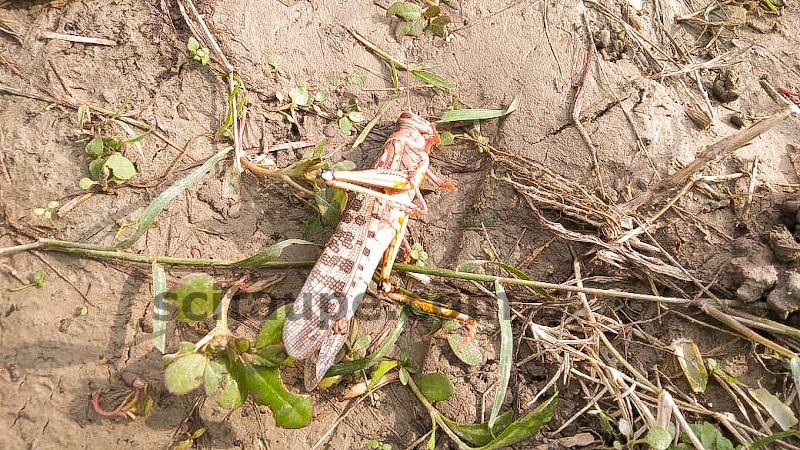
United Nation’s Food and Agriculture Organization has issued a fresh alert about locust swarms entering India again via Rajasthan. This comes in the middle of the Indian monsoon season.
Monsoon makes it favorable for locust swarms
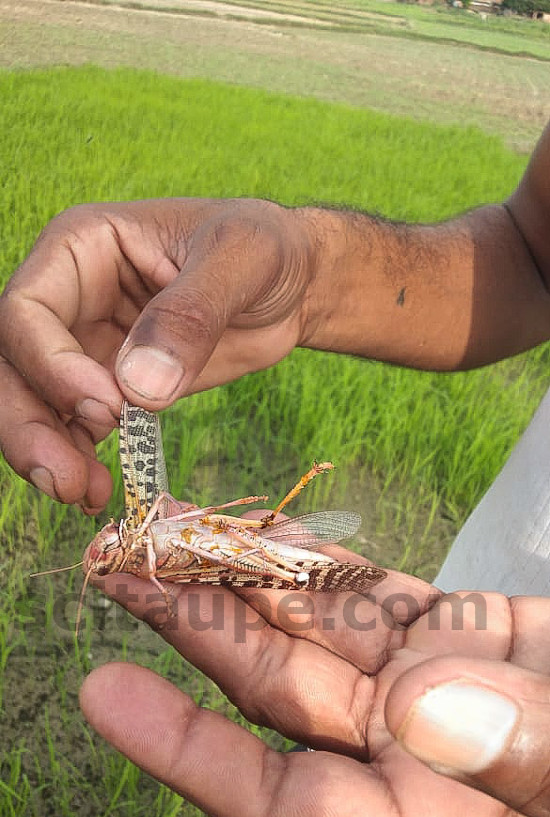
Fresh spells of monsoon rains are creating favorable conditions – moist soil and green vegetation. Rain is triggering growth of vegetation in arid areas where desert locusts can grow and breed. Excessive breeding in such conditions leads to swarming.
Legacy of locust swarms – nymphs and eggs
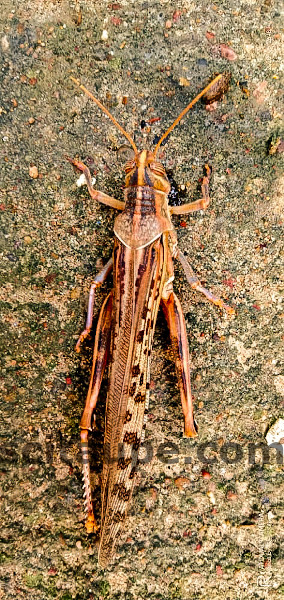
Since the start of this year, swarms of migratory desert locusts have been wrecking havoc across Africa, Middle East and south-west Asia. These swarms have taken down cultivated fields and left behind uncountable nymphs and eggs. With rain incoming, the nymphs are starting to mature into locusts and eggs have started hatching nymphs. The next generation locusts are getting ready for flight.
Threat to nation’s food security
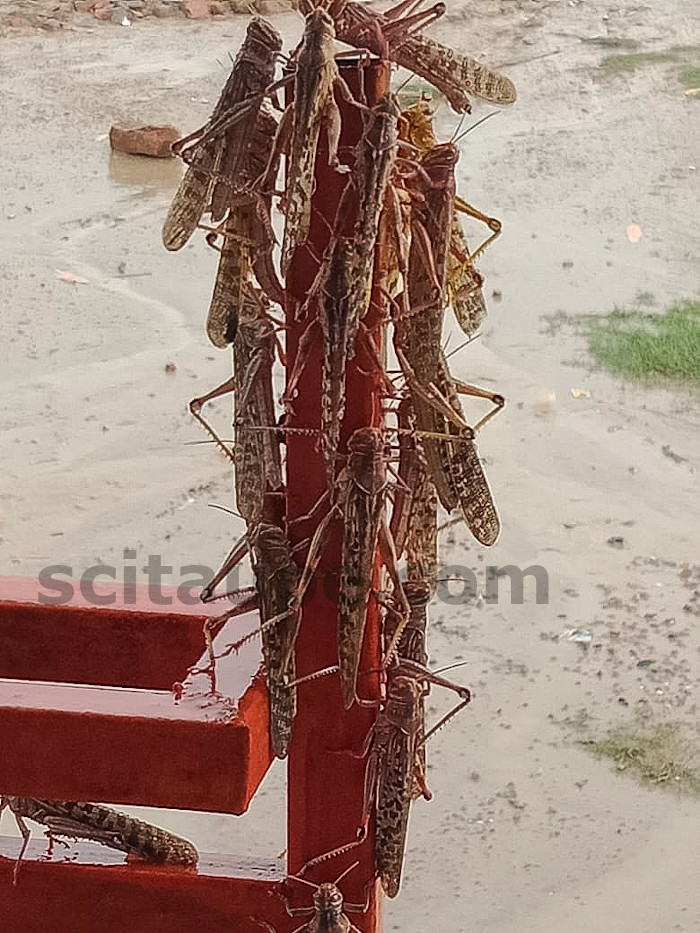
Desert locusts are notorious for their dense and highly mobile swarms or plagues. They are herbivores and feed on green vegetation, food crops, leaves, flowers, fruits, seeds, bark and what not! Locust swarms have, in the past, striped fields of their cultivation. Locusts of a swarm have the ability to destroy plants just by resting on them in large numbers. Frequent Locust invasions can thus be a threat to the food security of nations that depend on agriculture.
Counter measures taken for tackling locust swarms

- Desert areas receiving rainfall are surveyed for live locusts or eggs
- Areas where farmers have reported locust sightings are subjected to locust control procedures.
- Pesticides are sprayed to stop breeding of locusts
- Government supported fire brigades for pesticide spray, survey vehicles, control vehicles with spray equipment, tractor mounted sprayers are deployed.
Reference: Food and Agriculture Organization’s web portal
11,913 total views, 1 views today


